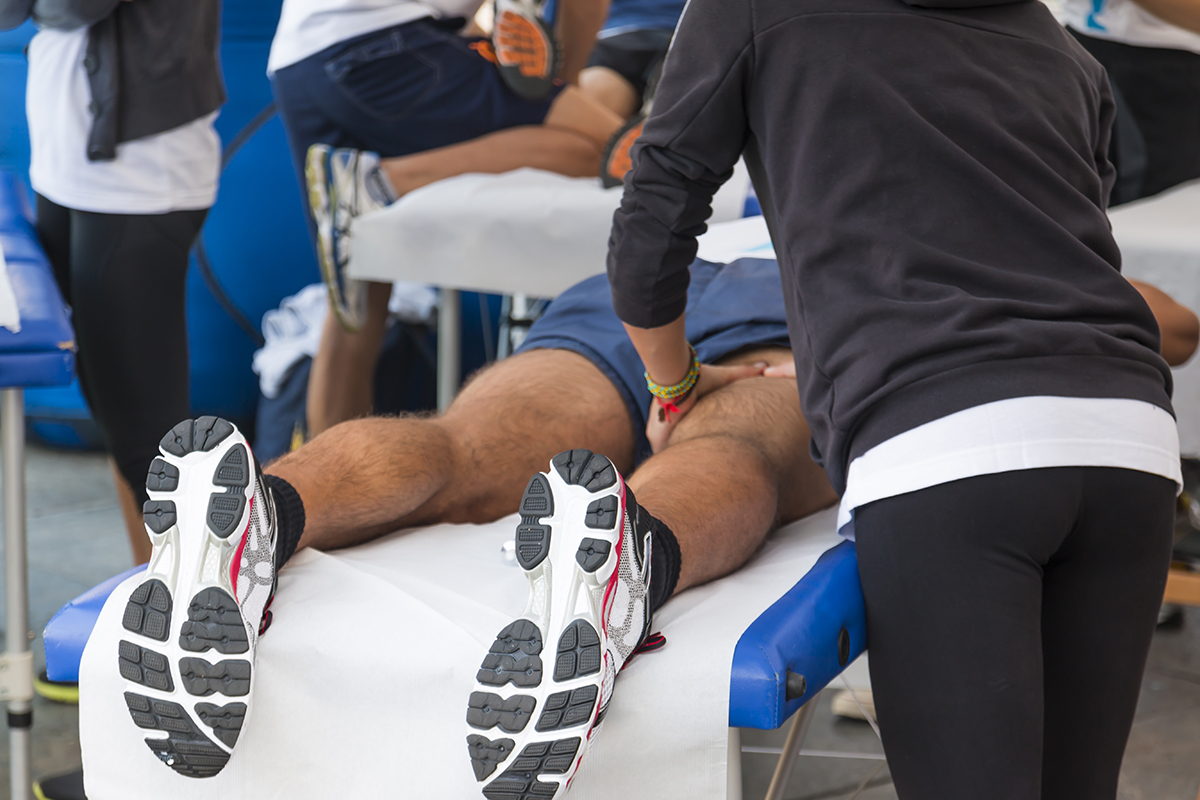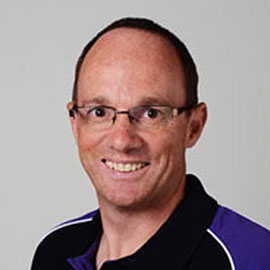When considering the practical applications of massage therapy, sports message is a surprisingly overlooked field. Athletes and those leading active lifestyles benefit greatly from sports massage as it helps to increase flexibility, prevent injuries, and treat existing injuries or strains.
Working as a sports massage therapist is a rewarding career where you’re responsible for helping all types of people achieve their best health and fitness levels. You’ll be assisting in treating sports injuries, providing therapeutic massage, offering pre-care and post-care for athletes, and assisting athletes with their recovery.
What is sports massage therapy?
Sports massage therapy is a specific type of massage that treats and prevents different sports injuries. It encompasses different forms of massage and muscle manipulation to help treat sports injuries and muscle strains. It works by stretching and stimulating tight muscles, and improving the condition of soft tissue. This helps to reduce stress and tension that can build up in the body from exercise or strenuous activities. Sports massage can also help to correct soft tissue muscle imbalances caused by repetitive motions (commonly seen in tennis players or golfers), as well as aid recovery and prevent injury.
An injury or condition that reduces an athlete’s performance can have dire consequences on their careers and general performance on and off the sporting field. AFL players are one group of athletes who benefit greatly from sports massage, particularly in the form of deep tissue massage which targets the deeper tissue layers in the body. Regular massages before and after games help to warm up and loosen muscles, assisting in faster recovery and better conditioning.
Types of sports massage therapy
The type of sports massage therapy used will depend on the injury or needs of the individual. Sports massage borrows a lot of techniques from fields such as physiotherapy, but some of the main forms of sports massage include:
- Soft tissue massage. Soft tissue massage focuses on joints and soft tissue to reduce muscle tension and pain. It involves stretching the muscle fibers to promote circulation, increase flexibility, alleviate pain, and decrease tension.
- Deep tissue massage. After extensive or repetitive use of muscles the fibers can become damaged and toxins can accumulate. This inflammation of muscles in the deep layers of the body can cause pain, discomfort, and stiffness. Deep tissue massage targets these issues by applying pressure (known as stripping) using the elbows or hands, and also by using the fingers to apply pressure onto individual fibers to ease tension.
- Whole body massage. A relaxing whole body massage such as Swedish massage can be used in sports massage therapy to treat athletes in between games as a therapeutic aid to calm the body and mind. These types of massage typically include effleurage and strokes to boost relaxation.
What does sports massage therapy involve?
As a sports massage therapist, you’ll be helping individuals and sports teams to be able to perform at their highest, as well as to assist in their recovery and rehabilitation. Due to this, sports massage therapy requires a high level of training and supporting knowledge of anatomy, physiology, biomechanics, injury assessment and treatment, and other strength and conditioning areas.
To become qualified in sports massage therapy, you’ll need to complete a course to meet educational requirements. Along with the technical skills required, you’ll also need good communication skills since you’ll be caring for clients. Soft skills are a critical part of a successful career in sports massage therapy, and they include:
- Communication skills
- Empathy
- Concentration skills
- A love of learning
- Good organisation skills
- The ability to explain technical terms in an understandable way.
As a sports massage therapist, you may work freelance or within a clinic. Hours will vary and may include working on weekends and evenings. Most full-time therapists will see around five clients a day with each session lasting between 60 and 90 minutes. During this time, you’ll have to communicate with your client and address their concerns, as well as assess pain areas and prescribe the best treatment plan. You may also need to create a sports treatment and nutrition plan for your client and explain the benefits of each to them.
Learning new skills as a sports massage therapist
One of the best parts of a career in sports massage is that you’ll continue to gain new skills. From learning new massage techniques to improving existing skills, the success of your career will depend largely on your ongoing education. Discover Massage Australia offers a range of sports therapy massage courses, including Deep Tissue Massage and Whole Body Massage. With a qualification in one or all of these courses, you’ll be equipped to pursue a career in sports massage and use your skills to treat a range of clients.

